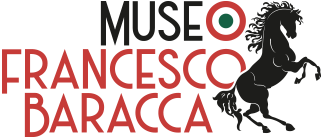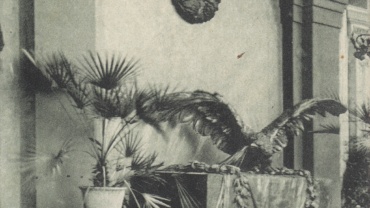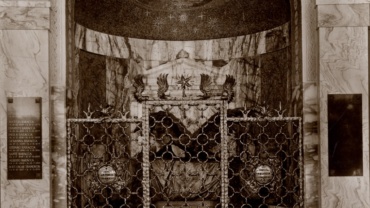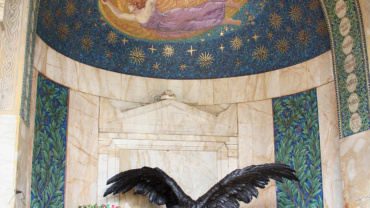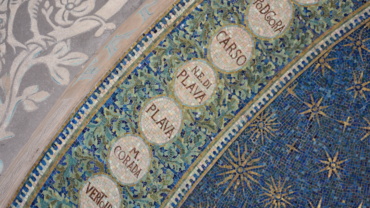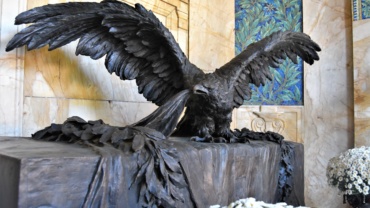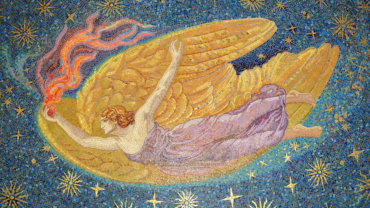The Sepulchral Chapel
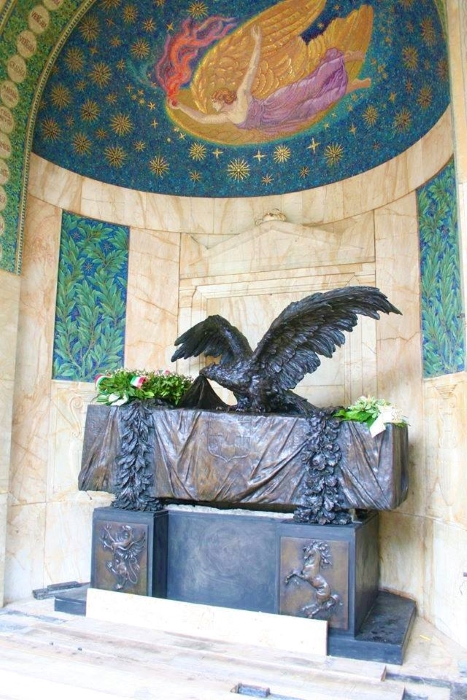
In its meeting on the 4th of October 1920, the municipal Council of Lugo examined, under item no. 14, the “…application for an area in the town cemetery to build a mausoleum to Francesco Baracca”.
In September of the same year, Enrico Baracca had submitted a project to erect a memorial to his son, requesting to occupy the related area of about 135 square metres, in the common field allocated to soldiers and children.
The municipal Council, unanimously, approved the architectural part of the project and the occupation of the necessary area, offered free of charge and of any constraints. However, the monument was never erected.
In 1923, the hero’s father submitted a new application to the Municipality for the construction of a niche in the family tomb to house the bronze sarcophagus that contained his son’s remains since 1920.
The project, designed by artist Roberto Sella from Lugo (1878 – 1955), was approved by the municipal Building Commission in the same year, while construction works lasted until 1924.
The Baracca Chapel is characterised by a decorative style reminiscent of Art Nouveau and Art Deco. The mosaic vault is marked by the figure of Winged Victory, holding the flaming heart of the Hero, against a starry background reminiscent of Galla Placidia in Ravenna. The apsidal niche features also floral ornaments and is covered with yellow Sienese marble. On the arch are reported the locations of the 34 victories.
Designed by Alfredo Sollazzo, the majestic sarcophagus was obtained from the cast bronze of Austrian cannons captured in the war and shows several symbolic elements linked to the figure of Baracca, such as the prancing horse, his personal emblem, and the griffin, the emblem of the 91a Squadriglia of which Francesco was the commander. A large eagle surmounts the sarcophagus and holds the Italian flag in its talons. Oak and laurel branches, symbolising the hero’s strength and glory respectively, lie on the tomb.
Between the wrought-iron railings, on either side of the door, two medallions bearing the aviator’s dates of birth and death stand out. The grille is decorated also with oak leaves, featuring on the upper edge the Star of Italy and several wings.
The family tomb is located in the Lugo cemetery.
Gallery
Podcast
The Baracca Museum represents the starting point of a city itinerary that includes the Monument, designed and concluded in 1936 by sculptor Domenico Rambelli from Faenza and considered as one of the greatest expressions of Italian Twentieth Century culture, as well as the Sala Baracca in the Rocca Estense, first seat of the Museum, decorated with frescoes by painter Lucio Benini and wooden furnishings by Antonio Turri, both artists from Lugo.
In addition, in the city cemetery it is possible to visit the burial Chapel of the Baracca family, where the majestic bronze sarcophagus enclosing the Ace’s remains may be admired. The apsidal niche, ideated by artist Roberto Sella, presents a mosaic decoration inspired by Liberty and Art Decò styles


